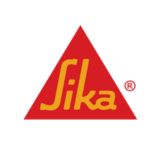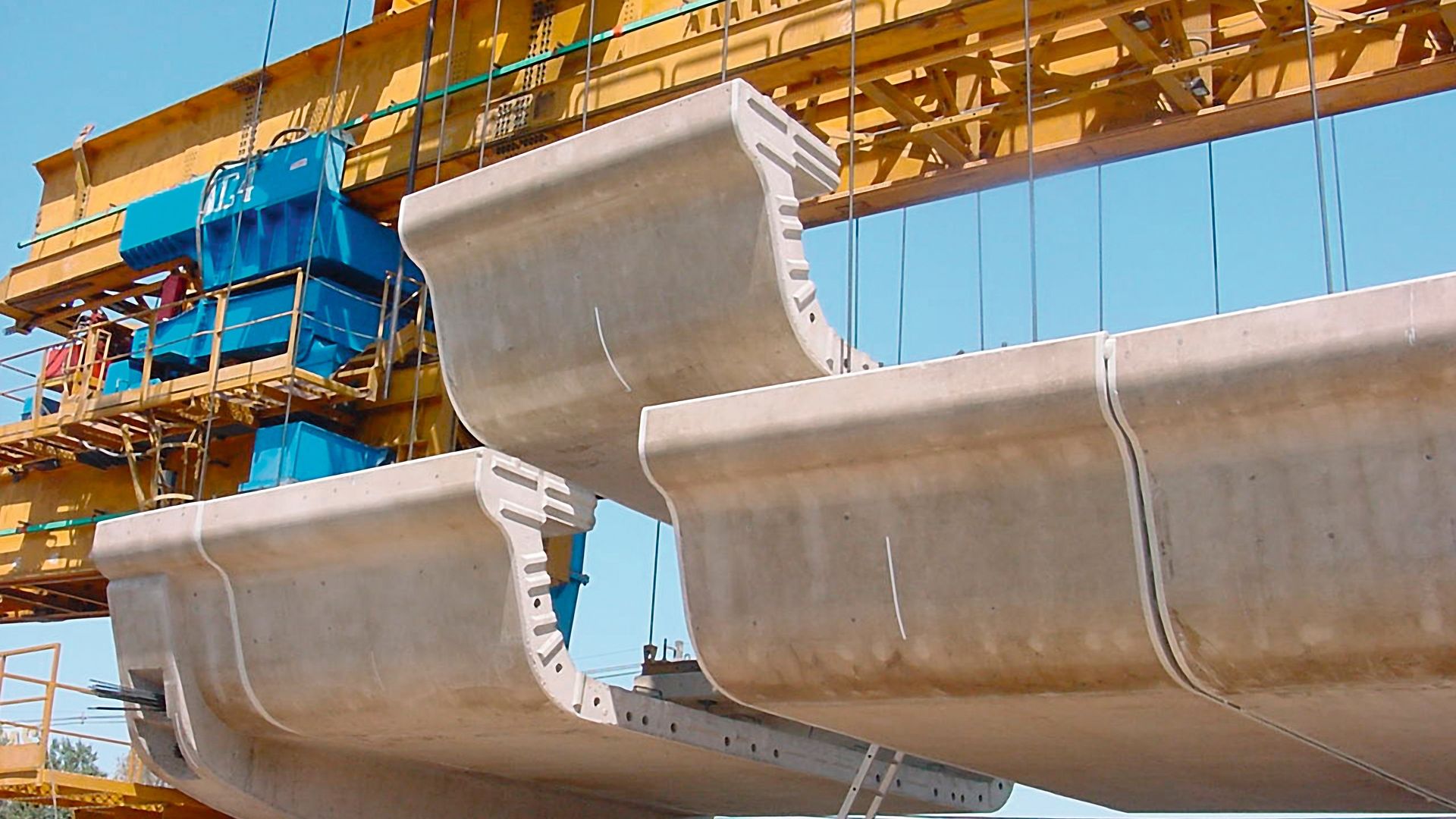HOW SEGMENTAL BRIDGES ARE BUILT?
Segmental bridges are built in short sections (called segments) one piece at a time, whereby traditional methods build a bridge in very large sections. Segmental bridges are made of precast concrete, which is manufactured at another location and then transported to the final location for placement within the complete structure. They are very economical for long spans (over 100 meters), especially when access to the construction site is restricted, and also allow for special design features to enhance the beauty of the structure.
Dry joints versus wet joints
Dry joints are created when the concrete segments are formed by match casting, which requires more precise mould dimensions. Such joints can be economical due to lower cost and time required for construction. When placed on site, the joint is not sealed, and therefore leakage into the box culvert is often an issue with this type of construction possibly affecting durability in the future. Wet joints require the use of an epoxy adhesive placed in the joint. This epoxy also helps lubricate the joint to facilitate installation during construction, provides load transfer during pre-stressing and prevents any water ingress through the joint, enhancing the long-term durability of the bridge.
What are the advantages of using segmental bridge adhesives?
- Meets and/or exceeds internal and national standards (FIP, BS, AASHTO, ASTM, etc.)
- High strength and high modulus of elasticity
- Impermeable of liquid and water vapor
- No primer required
See Our Product Offering
Sikadur®-31 SBA is a range of thixotropic, structural two part adhesive especially formulated for segmental bridge construction; available in different grades to suit different applications and environmental conditions.

